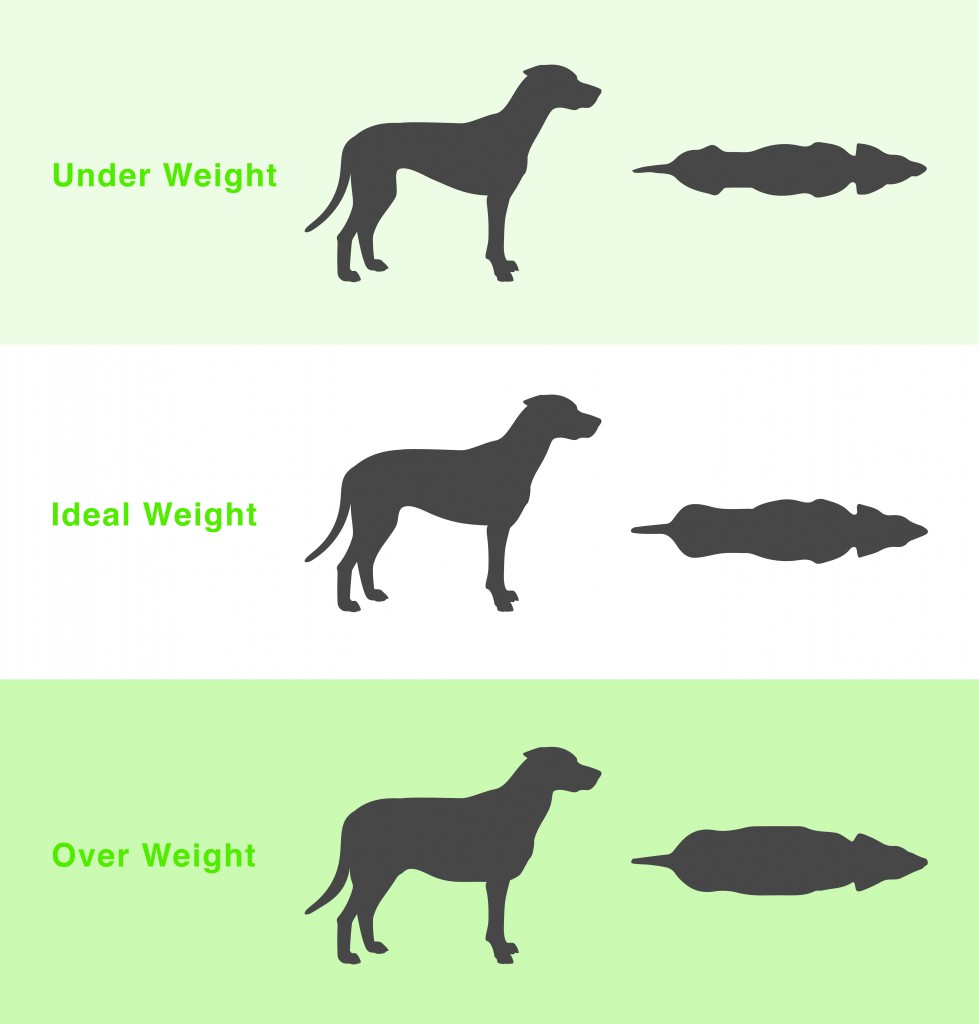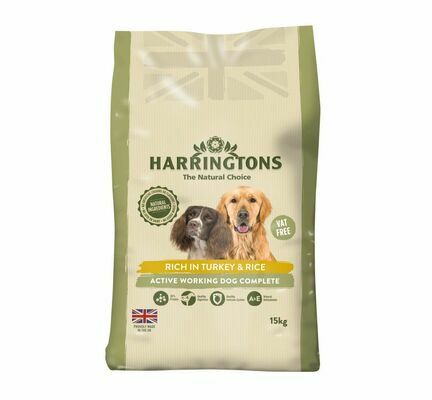For dogs to lead an active, healthy life it is important for them to maintain healthy body weight, and as a dog owner, it is your responsibility to ensure that they do so. The most important factors to consider when it comes to your pet's weight are the intensity with which it exercises, how often it gets to do so, and, of course, its daily food intake.
The results of an in-depth study carried out by Purina Pet Food and professional animal nutritionists in 2002 showed that by eating a properly regulated diet, dogs can live almost two years longer; which is quite a difference considering that the average lifespan of a dog is between ten and thirteen years. There are clear benefits to maintaining your dog's weight at a healthy level, but how do you know if your dog is at the correct weight?
If you are concerned your dog is underweight or overweight, you can get an accurate answer to this question by visiting a vet or pet nutritionist, but there are a few simple ways of finding out for yourself if your dog requires a lifestyle change.
Profile Analysis
- As a rule, a dog's abdomen should be higher up than its ribcage, so that from its front legs the underside gradually inclines up toward its rear.
- A steep incline suggests that your pet is underweight, whereas a shallow incline or no incline at all indicates that your dog is overweight.
- The best way to check your dog's profile is to lower yourself so that you are level with your dog and view it from the side.

Rib Examination
- Another way that you can quickly tell if your dog is overweight by placing your thumbs on your dog's spine and opening your hands over its ribcage.
- If your pet is at a healthy weight then you ought to be able to feel their ribs under their coat and skin, but if there is too much fat then you will not be able to.
- Make sure you look with your hands and not just your eyes, as a dog's coat can easily obfuscate its ribcage.
- With a healthy body weight, a dog will have a shape similar to that of an hourglass figure, and you ought to be able to see it by standing just in front of its face and looking down.
- Ideally, you will be able to see its waist tucked behind the ribs.
- If you can see the outline of your dog's individual ribs and the waist is noticeably more narrow than its ribcage, then your pet is underweight; however, if the waist is in line with the ribs or bulges out past them then it is overweight.




.jpg)
No comments:
Post a Comment